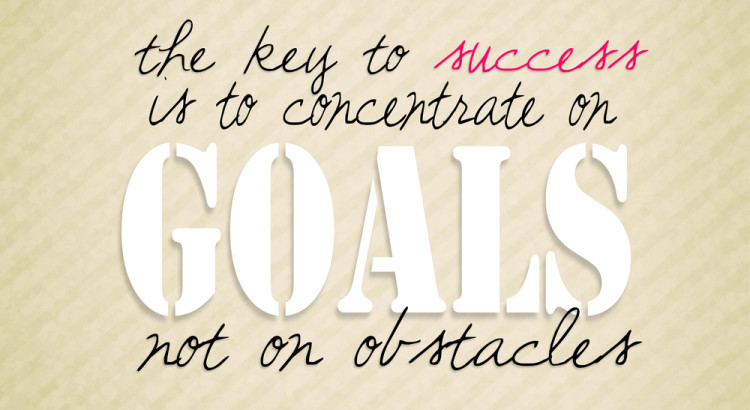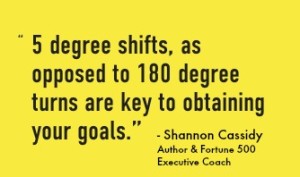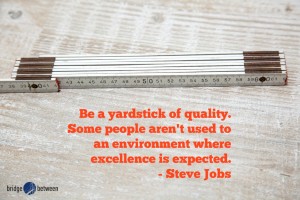Employees are people and, let’s face it, where there are people, there’s conflict. Managers and human resources professionals sometimes have a tendency to avoid conflict in hopes that it will resolve on its own. Unfortunately, letting conflict go unaddressed in the workplace can lead to major problems.
Conflicts arise for any number of reasons, including personality clashes, differing opinions about work tasks, questionable organizational structure, opposing values, weak management and poor communication. Whatever the reason, conflict that’s managed well can lead to positive outcomes like better solutions to pressing issues and improved business relationships, notes the Seattle Post-Intelligencer. Managing it poorly — or ignoring it — can be disastrous.
The trouble with avoiding conflict
Conflict that’s left to fester costs businesses big every year in subpar performance, absenteeism, staff turnover, missed deadlines, reduced quality, lost sales and lower customer satisfaction. Employee morale also can go down the drain for the people involved in the conflict and for those forced to work with them.
Managing conflict is critical. Using it to the advantage of your organization is even better. But how?
Create managed debates
Set up regular meetings for questions and formal debate to keep discussion within a professional forum rather than around the water cooler, Entrepreneur magazine advises. Be sure to limit the scope of discussions and have a neutral party who can serve as a moderator to head off rehashing the same issues every week.
Respect all opinions
In your scheduled debate sessions and in impromptu discussions, treat all opinions with respect. You don’t want to give the appearance of favoritism toward certain staff members. Insist that employees also are respectful toward each other — and toward you — in all discussions.
Level the playing field
Managers and HR professionals understand that discussions take on a different tone when the CEO is in the room. As much as possible, drive home the point that everyone is equal in the debate sessions. Don’t let potentially beneficial communication be thwarted by the boundaries of roles and titles.
Keep it professional
Ensure that feedback from management team members is free of negative emotions, personal judgments and labels, as Entrepreneur advises. Discussions overall should be kept focused on business and should stay clear of any personal issues, which are best addressed with HR staff in private. It’s never appropriate to disparage staff or to comment on private relationships or activities.
Focus on solutions
Debate sessions can easily turn into never-ending gripe sessions that rehash the same problems without getting anywhere. Frame discussions from the beginning in terms of finding solutions. If a particular employee raises an issue or points out a problem, does she have thoughts on how it might be solved? Always work toward resolving conflict and generating solutions to problems.
Make it about team-building
Staff members — including senior leadership — are a team, and that point should be reinforced constantly. Everyone should be working toward the common goal of productivity and pleasing customers. If that’s not happening, it’s a problem. Reinforce the idea that despite any personal differences or conflicts, you are all part of the same united team.
Outside your debate sessions, plan some fun activities like potlucks or outings to let people get to know each other as people, as Intuit advises. People who know each other better are more likely to get along, or at least to tolerate each other.
Intervene when necessary
There’s conflict, and then there’s harassment and bullying. It’s critical that managers and HR team members know the difference and step in when necessary. Conflicts in the workplace often stem from personalities that simply don’t mesh well, but issues may be much more serious in some cases. If an employee is being insulted on the basis of gender, religion, ethnicity or other personal factors, it’s time to step in — with input from an employment lawyer.
Turning conflict into a positive for your organization
Conflict exists in every organization. How you handle it can mean the difference in a chaotic, tense workplace and one in which employees work together as a team to solve problems. To use conflict for the better, expect it and set up a process for managing it.




